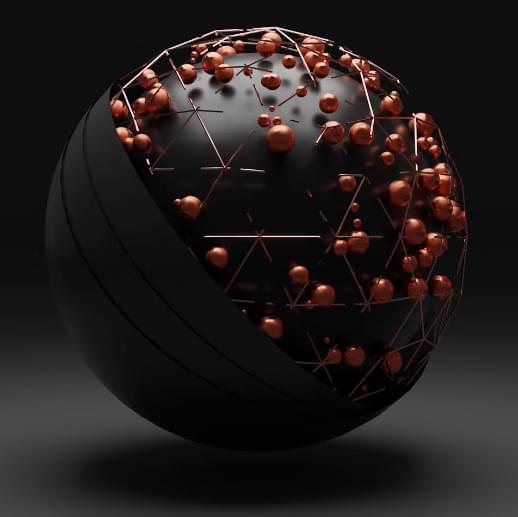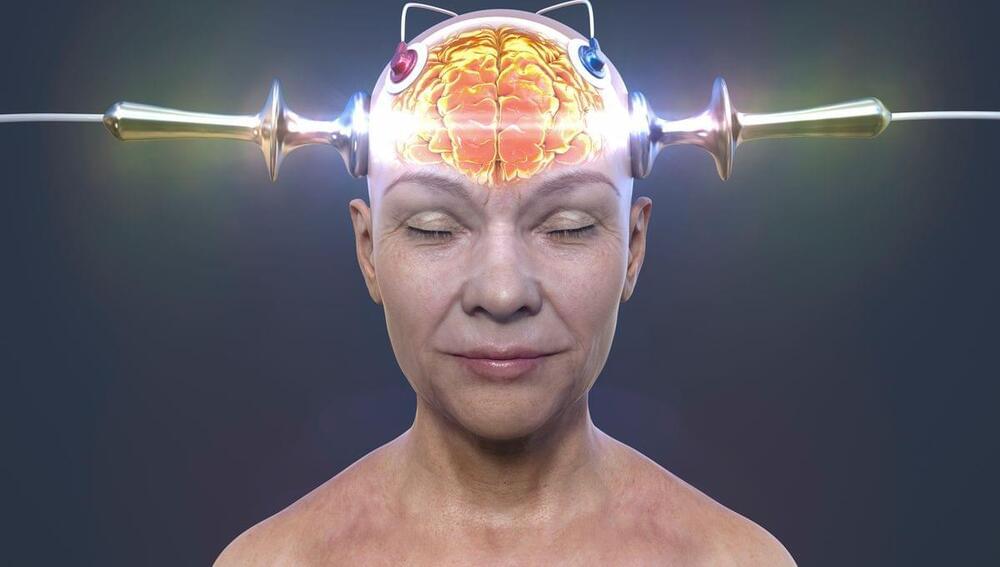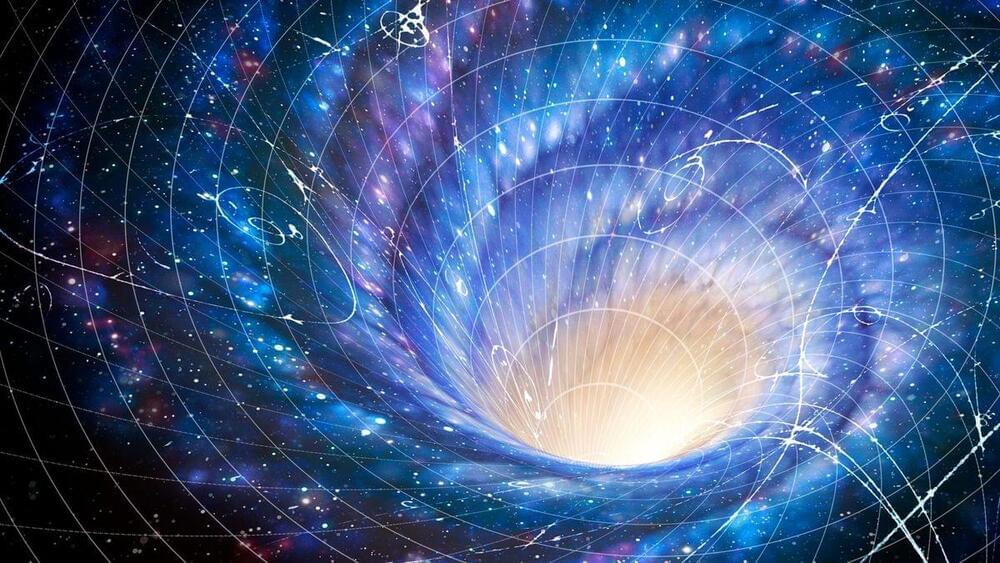Will we ever achieve global consciousness? ANd if we could, what would that mean and even look like? A look ahead at this old idea.



For decades, neuroscientists have been trying to understand how we manage to make the best possible decisions. Due to technical limitations, researchers have so far had to rely on experiments in which monkeys perform tasks on computer screens while the activity of their brain cells is measured.
The animals are trained to sit still in a chair and are therefore restricted in their natural freedom of movement. Since it is now possible to wirelessly record the activity of several individual nerve cells, decision-making in scenarios with natural movement sequences can be investigated.
For the study, a team of researchers from Germany and the U.S. trained two rhesus monkeys to explore an experimental room with two button-controlled food boxes. Each time the monkeys pressed a button on one of the boxes, they had the chance to receive food pellets.
An exploration of the inverse of a black hole, a white hole and what that might mean for future physics.
The new JMG Clips channel for sleep!
• Space Facts to Fall Asleep to | John…
My Patreon Page:
/ johnmichaelgodier.
My Event Horizon Channel:

A recent study conducted at Tel Aviv University has devised a large mechanical system that operates under dynamical rules akin to those found in quantum systems. The dynamics of quantum systems, composed of microscopic particles like atoms or electrons, are notoriously difficult, if not impossible, to observe directly.
However, this new system allows researchers to visualize phenomena occurring in specialized “topological” materials through the movement of a system of coupled pendula.
The research is a collaboration between Dr. Izhar Neder of the Soreq Nuclear Research Center, Chaviva Sirote-Katz of the Department of Biomedical Engineering, Dr. Meital Geva and Prof. Yair Shokef of the School of Mechanical Engineering, and Prof. Yoav Lahini and Prof. Roni Ilan of the School of Physics and Astronomy at Tel Aviv University and was recently published in the Proceedings of the National Academy of Sciences.

A recent study conducted at Tel Aviv University has devised a large mechanical system that operates under dynamical rules akin to those found in quantum systems. The dynamics of quantum systems, composed of microscopic particles like atoms or electrons, are notoriously difficult, if not impossible, to observe directly.
However, this new system allows researchers to visualize phenomena occurring in specialized “topological” materials through the movement of a system of coupled pendula.
The research is a collaboration between Dr. Izhar Neder of the Soreq Nuclear Research Center, Chaviva Sirote-Katz of the Department of Biomedical Engineering, Dr. Meital Geva and Prof. Yair Shokef of the School of Mechanical Engineering, and Prof. Yoav Lahini and Prof. Roni Ilan of the School of Physics and Astronomy at Tel Aviv University and was recently published in the Proceedings of the National Academy of Sciences.

A recent study conducted at Tel Aviv University has devised a large mechanical system that operates under dynamical rules akin to those found in quantum systems. The dynamics of quantum systems, composed of microscopic particles like atoms or electrons, are notoriously difficult, if not impossible, to observe directly.
However, this new system allows researchers to visualize phenomena occurring in specialized “topological” materials through the movement of a system of coupled pendula.
The research is a collaboration between Dr. Izhar Neder of the Soreq Nuclear Research Center, Chaviva Sirote-Katz of the Department of Biomedical Engineering, Dr. Meital Geva and Prof. Yair Shokef of the School of Mechanical Engineering, and Prof. Yoav Lahini and Prof. Roni Ilan of the School of Physics and Astronomy at Tel Aviv University and was recently published in the Proceedings of the National Academy of Sciences.
A recent study conducted at Tel Aviv University has devised a large mechanical system that operates under dynamical rules akin to those found in quantum systems. The dynamics of quantum systems, composed of microscopic particles like atoms or electrons, are notoriously difficult, if not impossible, to observe directly.
However, this new system allows researchers to visualize phenomena occurring in specialized “topological” materials through the movement of a system of coupled pendula.
The research is a collaboration between Dr. Izhar Neder of the Soreq Nuclear Research Center, Chaviva Sirote-Katz of the Department of Biomedical Engineering, Dr. Meital Geva and Prof. Yair Shokef of the School of Mechanical Engineering, and Prof. Yoav Lahini and Prof. Roni Ilan of the School of Physics and Astronomy at Tel Aviv University and was recently published in the Proceedings of the National Academy of Sciences.

If two points were ripped apart faster than light, they would no longer interact through any force of physics. Whereas a constant dark energy would leave behind already-intact objects, like clusters of galaxies, phantom energy could tear them apart. In a finite amount of time, billions of years from now, clusters would tear apart, followed by ever-smaller objects. Even atomic and nuclear bonds would not withstand the onslaught.
Eventually, space itself would dissolve in an event known as the Big Rip. Any two points, no matter how close, would be ripped infinitely far away from each other. The very structure of space-time, the causal foundations that make our universe work, would no longer behave. The universe would just break down.
However, luckily, most physicists do not believe this scenario can actually happen. For one, it’s unclear how this process of ripping interacts with the other laws of physics. For example, quarks cannot be torn apart — when you attempt to do so, you need so much energy that new quarks materialize out of the vacuum. So ripping apart quarks just might lead to other, interesting interactions.

Spintronics is a field that deals with electronics that exploit the intrinsic spin of electrons and their associated magnetic moment for applications such as quantum computing and memory storage devices. Owing to its spin and magnetism exhibited in its insulator-metal phase transition, the strongly correlated electron systems of nickel oxide (NiO) have been thoroughly explored for more than eight decades. Interest in its unique antiferromagnetic (AF) and spin properties has seen a revival lately since NiO is a potential material for ultrafast spintronics devices.
Despite this rise in popularity, exploration of its surface magnetic properties using the low-energy electron diffraction (LEED) technique has not received much attention since the 1970s. To review the understanding of the surface properties, Professor Masamitsu Hoshino and Emeritus Professor Hiroshi Tanaka, both from the Department of Physics at Sophia University, Japan, revisited the surface LEED crystallography of NiO.
The results of their quantitative experimental study investigating the coherent exchange scattering in Ni2+ ions in AF single crystal NiO were reported in The European Physical Journal D.
A brief comment on this week’s news about Claude 3 supposedly showing self-awareness. Let me know what you think, I’m basically doing this video to give you a forum to discuss!
Support me on Patreon ➜ / sabine.
#science #sciencenews #ai #claude #tech #technews